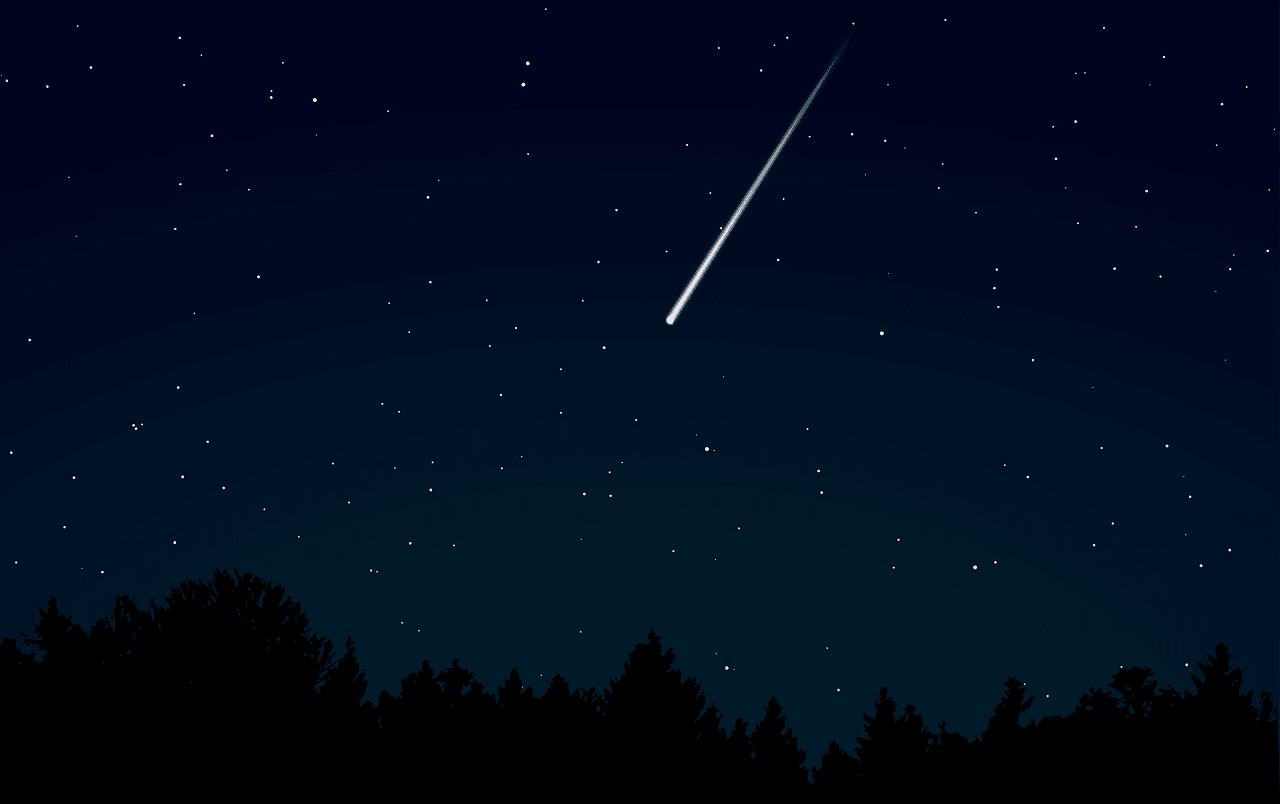After months without any spectacular celestial events other than full moons and supermoons, astronomers and stargazers are in for a great celestial treat: the 2019 Lyrid meteor shower. The meteor shower peaks tonight, the night of Earth Day.
Most astronomy lovers know there haven’t been any major meteor showers since the Quadrantid meteor shower in the early days of the New Year, which peaked on Jan. 4.
The Lyrid meteor shower is the first to mark the spring season, and it also marks Earth Day. The meteor shower peak will peak tonight, between April 22 and April 23, but it will continue tonight into early Tuesday. However, as AccuWeather reports, cloudy conditions in some spots across the country and the remaining glow of the moon, which reached its full phase last week, may interfere with the streaks left by the shooting stars. According to AccuWeather, stargazers across the central and midwestern United States may not be able to fully experience the shower due to the spreading clouds.
“Viewing conditions Monday night will be hampered by a storm over the Central states,” AccuWeather Astronomy Blogger Dave Samuhel said.
“Worse than not being able to see the meteor shower, residents from northeastern New Mexico, the Texas Panhandle and into Oklahoma will face potentially damaging thunderstorms and flooding downpours on Monday night,” AccuWeather Senior Meteorologist Kristina Pydynowski said.
Cloudy conditions will also be present for the Pacific Northwest area and a good part of western Canada, which may make viewing the meteor shower quite challenging.
However, AccuWeather reports that not all of North America is out of luck for watching the Lyrid meteor shower. Viewing conditions will be nearly perfect for the Deep South and Southwest, where stargazers may be able to see the full potential of the shooting stars at about 20 per hour.
AccuWeather forecasts that part of southern Europe, including Spain, Italy and the Balkan Peninsula may have limited viewing conditions due to developing clouds. On the other hand, the Baltic countries, Germany, Poland, the lower countries, and eastern England and Scotland should be able to see the 2019 Lyrid meteor shower.
The Lyrids originate from the comet C/1861 G1 Thatcher and have been active for more than 2,600 years, according to NASA’s blog. They appear in mid-April each year when Earth’s orbit around the sun, passes through the space debris left behind the comet. The name of the Lyrids originates from the constellation Lyra, where most of the meteors appear in the sky.
How to watch the 2019 Lyrid meteor shower
According to NASA, no special viewing equipment is necessary to watch the meteors, although cameras, telescopes and binoculars could make viewing conditions better.
The meteors are best visible between 10:30 p.m. and the early morning hours. It’s important to find a dark spot turned away from the moon, which is still shining strong after last week’s full moon, and make sure your eyes are used to the darkness so that viewing is even easier.





